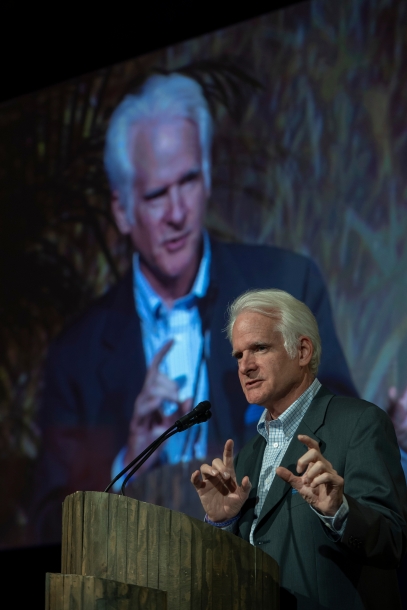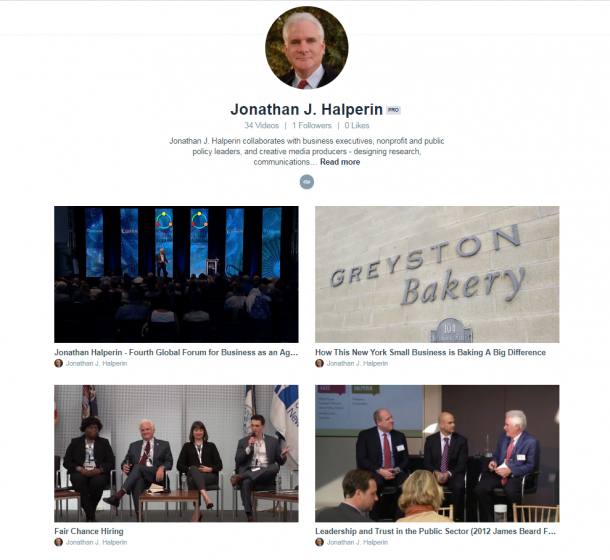You are here
Of Language, Geography and Mosaics
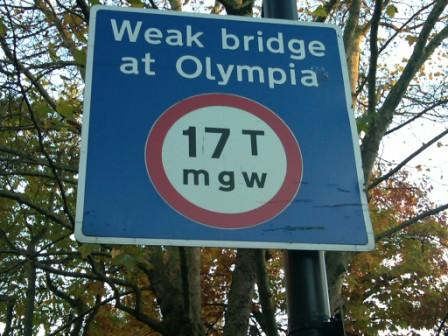
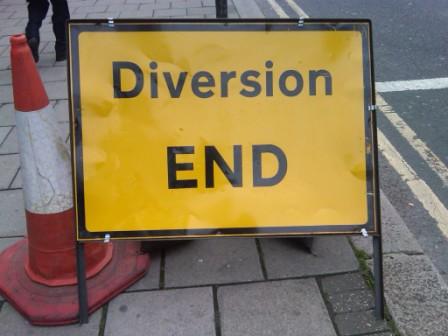
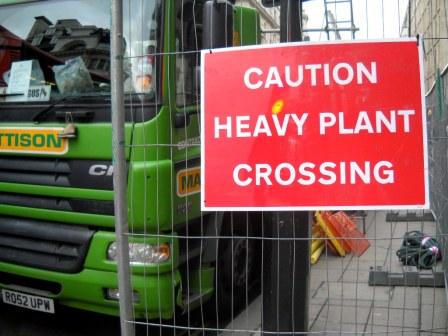
If Americans and Brits are “separated by a common language,” then Israelis and Palestinians are surely divided by a shared geography. Here in London, small daily protests outside the Israeli embassy brought British riot police into the streets adjacent to the new Whole Foods market in the tony Kensington region aglow with pre-Christmas displays.
In the region of Christ’s birth, the whine of Hamas rockets was for the first time heard by residents of Jerusalem itself. Not in Israeli land adjacent to Gaza, where more than 100 rockets were launched on November 11, three days before the Israeli attack on November 14 that killed Ahemed Jabari, second in command of the military wing of Hamas. Not in Tel Aviv where the wail of air raid sirens is neither commonplace nor unusual. But in Jerusalem, a sacred target, a place of birth and death; a city with ancient meaning and a target today because of its symbolic import for the future.
The media reporting on this latest eruption in the Middle East struggles to fit more than two thousand years of historical context into sound bites and headlines. And even the proximate cause of the conflagration, the missiles raining down on Israel from Gaza, slips out of most coverage – blown away by the images of people and houses torn apart by Israeli counter-attacks.
Some wonder why Netanyahu is poised to send troops, again, into Gaza in a powerful display of Israeli military superiority that will do nothing to resolve the problem or shift the downward spiral of hatred and animosity, nor bring the world community to any greater understanding or interest in the problems of the Jewish people or the Palestinian people.
It is an all too familiar war dance, but even riskier in the newly aligned Middle East, with the civil war in Syria, and the nuclear ambitions of Iran temporarily stymied yet defiant. What are not new are the mindsets, the fixed images we carry around, the icons of our beliefs, the self-reinforcing notions and biases and prejudices. We see the world as if looking at a mosaic, ordering all the pieces into patterns that makes sense and provide some assurance that the world makes some sense and that we can somehow fit into the picture.
We fear the moments when tired and worn bits of the mosaic fall away, when things become unstuck and our sense of clarity and purpose and place is jostled. We thought things made sense: now we are not so sure. The pieces don’t fit together as well as we thought.
While few of us are etch-a-sketch artists, and none of us can live entirely new existences devoid of our pasts and history, leaning into the uncertainty of change and risk is how we make possible what seemed impossible -- until it wasn’t.
- jonathan.halperin's blog
- Log in or register to post comments
